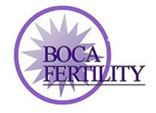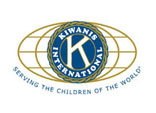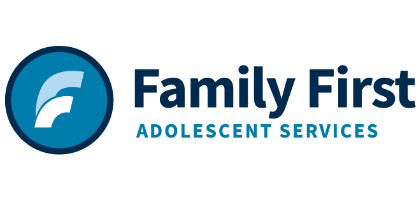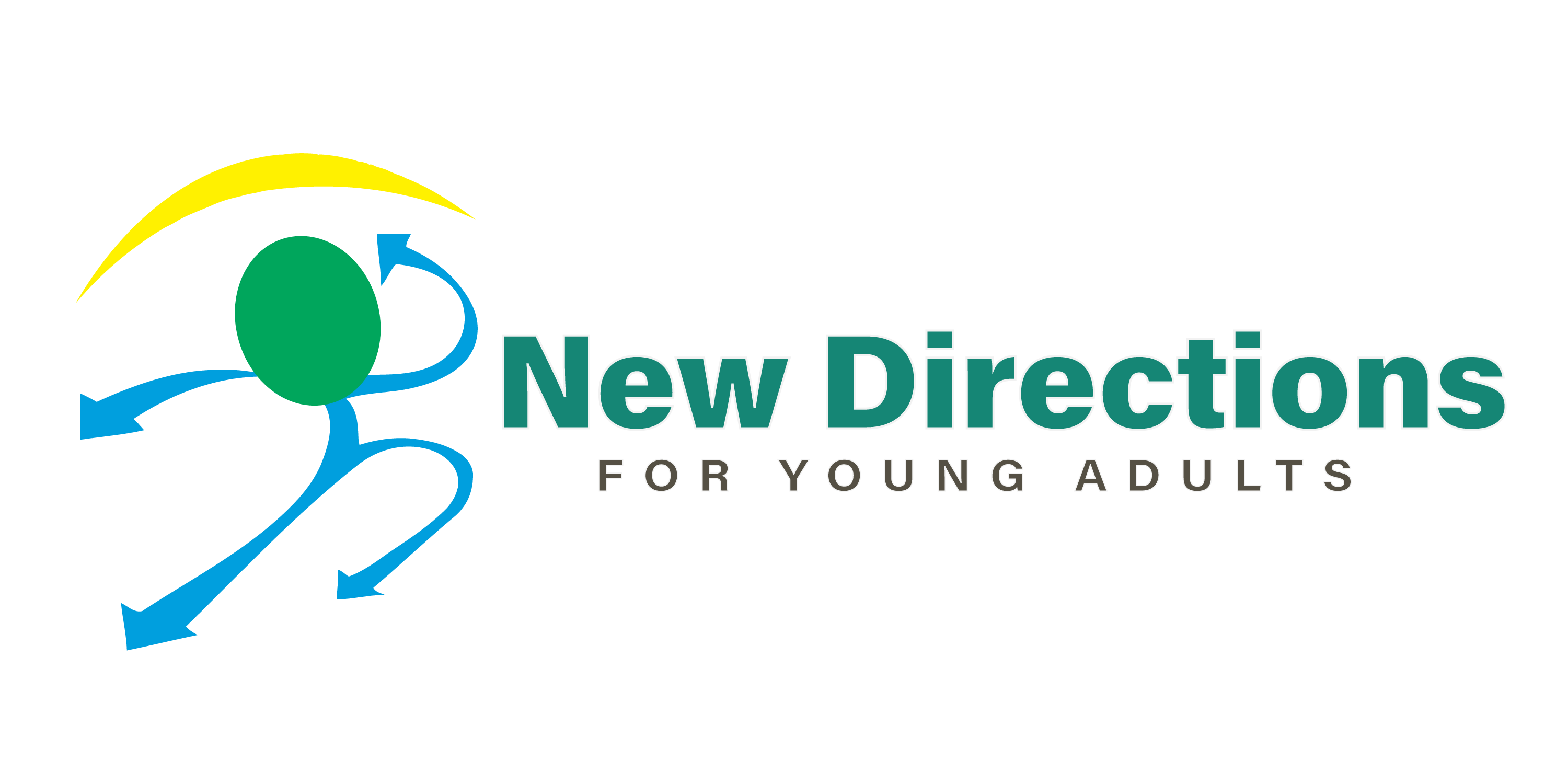
We gathered on April 1st and April 2nd, 2024, at the Illinois Institute of Technology for the Science Alliance Autism Symposium. Sponsored by the International Society for Autism (ISA), this event was a pivotal gathering for those seeking to deepen their understanding of Autism Spectrum Disorder (ASD).
This symposium was designed for a wide range of participants, including researchers, healthcare professionals, educators, families, and individuals with ASD.
Those interested in research and development in treating Autism Spectrum Disorders, showcased multidisciplinary approaches such as pharmacology, TMS, biofeedback, and neurofeedback. This symposium aims to provide up-to-date information for caregivers, parents, and individuals serving the autism population.
McCormick Tribune Campus Center
MTCC (Illinois Institute of Technology, “IIT”)
3201 South State Street, Chicago, IL 60616
Ballroom
Hilton Garden Inn Chicago Downtown/Magnificent Mile
10 E. Grand Avenue Chicago, Illinois, 60611, USA
Garden Room
9 AM


MTCC (Illinois Institute of Technology, “IIT”) 3201 South State Street, Chicago, IL 60616 Ballroom
10 East Grand Avenue, Chicago, IL, 60611 Garden Room



We took attendees on a journey from early infant mental health to adulthood, examining innovative modalities of research and treatment to help address a myriad of comorbidities that affect those with autism.
Presenters provided approximately one-hour sessions. Sessions and Information will be in a general conference style format.
We had a panel discussion designed to help provide an opportunity for questions and answers, and also facilitate general discussion. Optional Wendella Architectural Boat Tour of Downtown Chicago was on this day after the panel discussion.


CLINICAL PSYCHOLOGIST, HARRIS INSTITUTE
“Setting the Stage” – Infancy is a unique period in the developmental lifespan that is full of wonder, joy, challenge, amazement, trial and error. Babies experience an unparalleled and incredibly rapid rate of development that sets the stage for so much of the human experience, including (but not limited to) personality, sense of self and relationships. It is also the case that many of our personal struggles as well as areas of resilience have their origin in infancy as either contributing factors and/or early indicators. This presentation has set the stage for upcoming discussions on children with Autism Spectrum Disorder (ADS) by examining several key areas of “normative” early childhood development, including the development of communication and attachment relationships.

ASSISTANT PROFESSOR, TULANE UNIVERSITY
“Autism is Autism…or is it?” – The phrase “if you’ve met one person with Autism, you’ve met one person with Autism” is quite accurate. According to the DSM-5-TR, the diagnosis of Autism is to be made when a particular cluster of symptoms are present and impede functioning in social, educational, occupational, and other areas of functioning. The critical behaviors are the ability to communicate effectively and appropriately, interact with others socially, and the presence of restrictive/repetitive behaviors related to sensory processing, sameness/routines, repetitive actions, and fixated interests. In addition to diagnostic criteria, there are specifiers, associated features, and comorbid conditions that can impact the functioning of the individual. This would also be the reason why everyone given a diagnosis of ASD should receive a comprehensive evaluation to identify their unique strengths and weaknesses. Our current diagnosis-driven healthcare system threatens the individual’s ability to understand their diagnosis, associated features, and comorbid conditions to better benefit on understanding their strengths while minimizing/accommodating the areas that pose the most challenge.
In the current talk, I explained the importance of a comprehensive evaluation for allowing the person with Autism to achieve their highest level of functioning. I have also discussed how the comprehensive evaluation results can help us understand more about the diagnosis, make better predictions about the individual’s future functioning, and create tailored interventions for all ages.

DIRECTOR OF NEUROPSYCHOLOGY SERVICES, ASCENSION ILLINOIS BRAIN AND SPINE
Dr. Leahy discussed the criteria used to diagnose individuals with autism spectrum disorder and how these symptoms can manifest in differently in adults and children. He also reviewed the typical methods used to formally assess symptoms of autism spectrum disorder. Finally, he reviewed cognitive issues often associated with autism spectrum disorders, how they are evaluated, and how this evaluation can inform treatment.

CLINICAL DIRECTOR, NDFYA
“Developing Highly Effective Behavior Plans for Young Adults with Autism” – A Behavior Plan is a personalized plan designed to help, support, and promote healthy and positive responses in those struggling with behavioral challenges. Behavior Plans includes interventions selected based on the hypothesized or demonstrated function of the behavior with the intention of reducing challenging behaviors while increasing prosocial behaviors (what the learner “gets” by engaging in the behavior). Young adults may be given a Behavior Plan when their behaviors appear to be interfering with their ability to learn, communicate, or participate in daily activities; these may include social isolation, tantrums, noncompliance, and other disruptive behaviors. This training focused on how to set up highly effective Behavior Plans, outlining specific strategies and interventions that can be used to improve the behavioral successes of young adults. LEARNER OUTCOMES
At the conclusion of this training, you will be able to:
1. Identify key components of a Behavior Intervention Plan
2. Develop a competing pathway based on the results of a Functional Behavior Assessment to…
• Prevent problem behavior
• Teach appropriate behaviors
• Recognize appropriate behavior
• Prevent reinforcement of problem behavior
3. Develop appropriate observable and measurable behavioral goals.
4. Determine method for efficient data collection to guide decision making throughout the process

LICENSED CLINICAL PSYCHOLOGIST IN FLORIDA, CALIFORNIA & NEW YORK
By analyzing the Piagetian early childhood stages of development and the common symptoms associated with ASD, I hope to provide some discussion and implications for treatment that will be helpful for families, individuals, and clinicians alike. I will also discuss a case study to help exemplify and obtain an understanding of some of the similarities and differences in the typical development of some of those with, and without, an ASD diagnosis. Further, I will discuss “hard stops” which can negatively affect the more traditional therapeutic interactions when used with individuals who have an ASD diagnosis. Finally, I will also speak on the use of behavioral strategies and how they can be designed and be useful in reinforcing prosocial behavior, life management skill abilities, financial skill abilities, and social engagement. Included will also be a discussion of the Coordinated Multi-disciplinary (CMT) approach to treatment.

INTERNATIONAL SOCIETY FOR AUTISM, DIRECTOR OF VOLUNTEERING

CHIEF MEDICAL OFFICER, BRAINSWAY
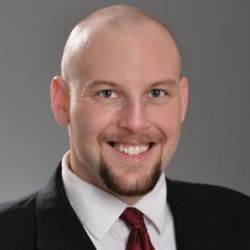
ASSOCIATE PROFESSOR, UNIVERSITY OF CHICAGO
